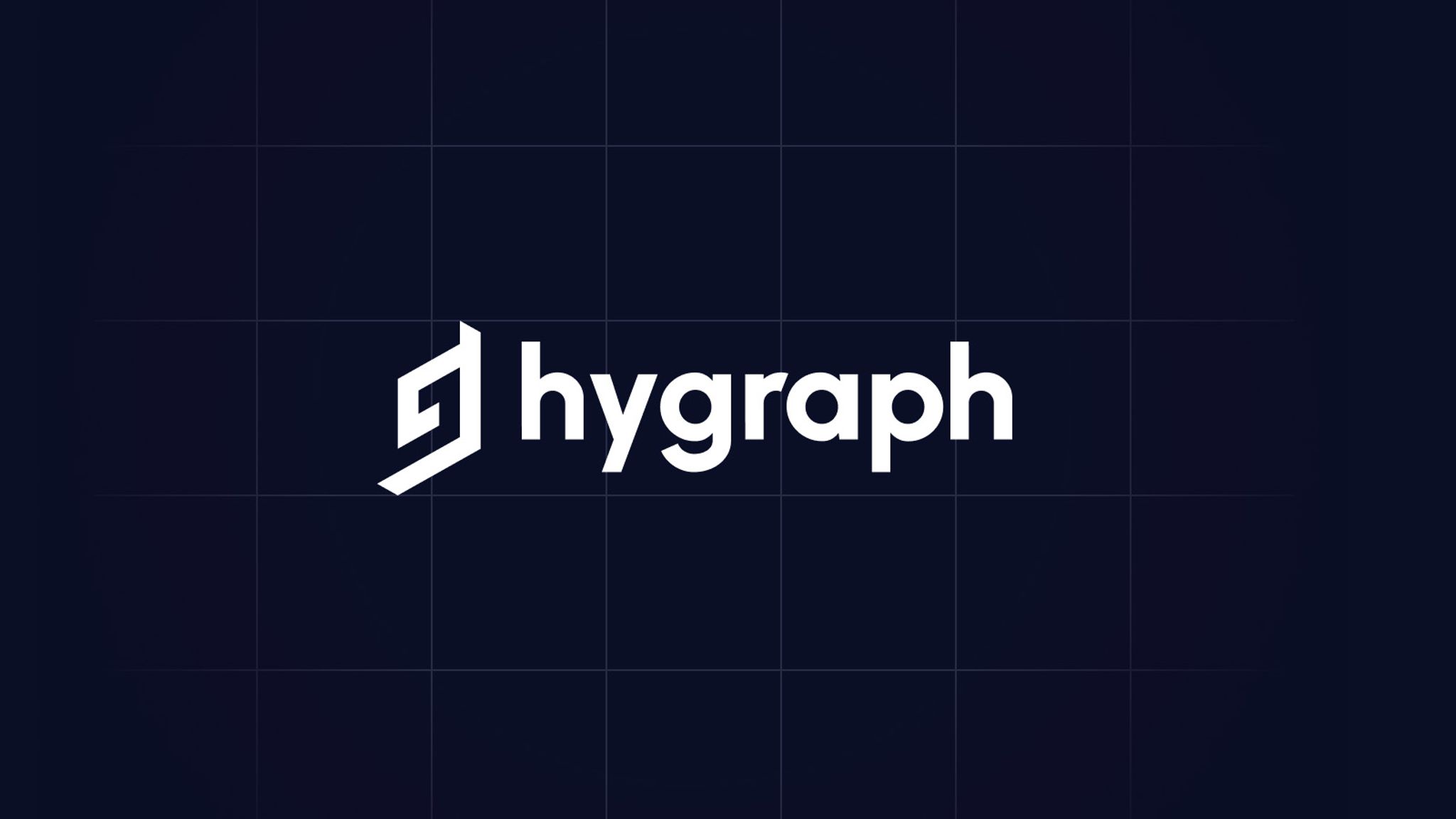GraphCMS Rebrands to Hygraph, Launches New Federated Content Platform

GraphCMS – the first GraphQL-native headless CMS – has just rebranded itself under the new moniker of "Hygraph."
Why Hygraph?
The company says the word is rooted in an amalgamation of "hypertext" and "graph" data structures, which aligns well with Hygraph's vision of a future – one where the majority of information humans and machines will process is highly complex, structured, and connected.
Along with the epic shift in naming, the company also introduced its new Content Federation. This powerful set of features will enable customers to unify all their backend services into one universal content API and serve third-party or programmatically created content alongside editorial content.
"We're excited about this new chapter in our company's history." said CEO and co-founder Michael Lukaszczyk. "Launching the Federated Content Platform as a new product category captures the essence of what we're all about: we enable building a mesh of connected content graphs to effortlessly manage and distribute content from any source to any destination. The resulting development velocity within composable architectures is simply mind-blowing."
According to the company's press release, the new brand direction also includes a refreshed website at www.hygraph.com.
Building on the success of GraphCMS
As with all rebranding endeavors, there are inevitable questions from the market. How companies shape the narrative is a key part of making its rebrand successful – and that's precisely what Hygraph has done.
According to its website, the company embarked on refreshing its identity and visual presence in an effort to "reinforce the commitment they have made toward enabling outstanding digital experiences on day one." The shift comes at a milestone moment in the company's history, and the new brand provides a stage for promoting its Content Federation features and creating excitement around the offering.
Originally launched in 2017 under the GraphCMS banner, Hygraph is still defining itself as an enterprise-class, API-first content management system known for its versatile GraphQL content APIs. Headquartered in Berlin, Germany, Hygrapgh is also MACH-certified – and currently powers over 50,000 projects, including those at companies like Dr. Oetker, Philips, Samsung, and Ashley Furniture.
On the more philosophical side of the market ledger, Hygraph has stated its belief that headless CMS has reached a sort of tipping point – and that frontend-agnostic benefits are no longer enough. Rather than adding yet another service to complex stacks, they wanted to expand upon the possibilities of allowing content aggregation from multiple sources programmatically, essentially becoming backend agnostic as well.
From an investment perspective, Hygraph recently raised a $10 million Series A Round to build out its vision of unified content APIs and federating the content layer.
What is the Hygraph Federated Content Platform?
Hygraph has provided a detailed view of its Federated Content Platform in a recent article, which we've denoted here.
The company points out that while cross-platform content consumption and API-first delivery have become the "new normal," content architectures are increasingly complex.
With the rise of best-of-breed systems design and modular architectures, content is now maintained in a myriad of disconnected data silos, resulting in an overwhelming complexity. The risk of serving outdated data and lack of data consistency in distributed architectures is becoming a maintenance burden.
Many organizations perceive custom middleware development as a solution to these challenges, but building and maintaining this is time-consuming and complex.
With the new Content Federation capability, you can bring content from other systems and sources to the Hygraph API without migrating the content itself. There are many use cases where moving content into the content repository isn't possible or desirable. Examples include content for which there is a different system of record (e-commerce/product data such as price or availability, content from a different vendor such as GitHub or IMDB) and content that is maintained in legacy systems that can't be easily migrated.

Extending the Hygraph Content API with Remote Sources
Hygraph's concept of Remote Sources allows customers to extend Hygraph's Content API with content from all these different sources, providing flexibility for front-end developers and downstream applications.
The Hygraph Content Federation architecture consists of the following components:
- Remote source: a system or product that holds content that needs to be combined with content in Hygraph and which can be queried through a RESTful or GraphQL API.
- Custom type: a GraphQL type used for content from a remote source.
- Remote field: a field inside a Hygraph model that connects specific remote data to an entry of that model.
- Configurable cache: a TTL-based caching layer that guarantees optimal API performance for remote content.
Hygraph allows true composability of your tech stack while taking away the heavy-lifting in the backend. As a result, Content Federation can lead to a massive reduction in development time and costs when integrating with multiple APIs.
Interested in learning more? Hygraph offers a free tier for personal and small-scale projects. You can sign up here.
About Hygraph
Hygraph (previously GraphCMS) is the enterprise-grade federated content platform that enables ambitious digital products at scale. With the industry's most versatile GraphQL content API and a novel approach to external data sourcing, the federated content platform enables use cases beyond existing market solutions. Hygraph's capabilities can be extended as a database highly optimized for structured content while giving content creators the tools to build their ultimate content pipeline. Hygraph is headquartered in Berlin, Germany, and is currently enabling more than 50,000 teams across the world, including Dr.Oetker, Shure, Samsung, and Philips to rapidly build and deliver tomorrow's connected digital experiences at scale.